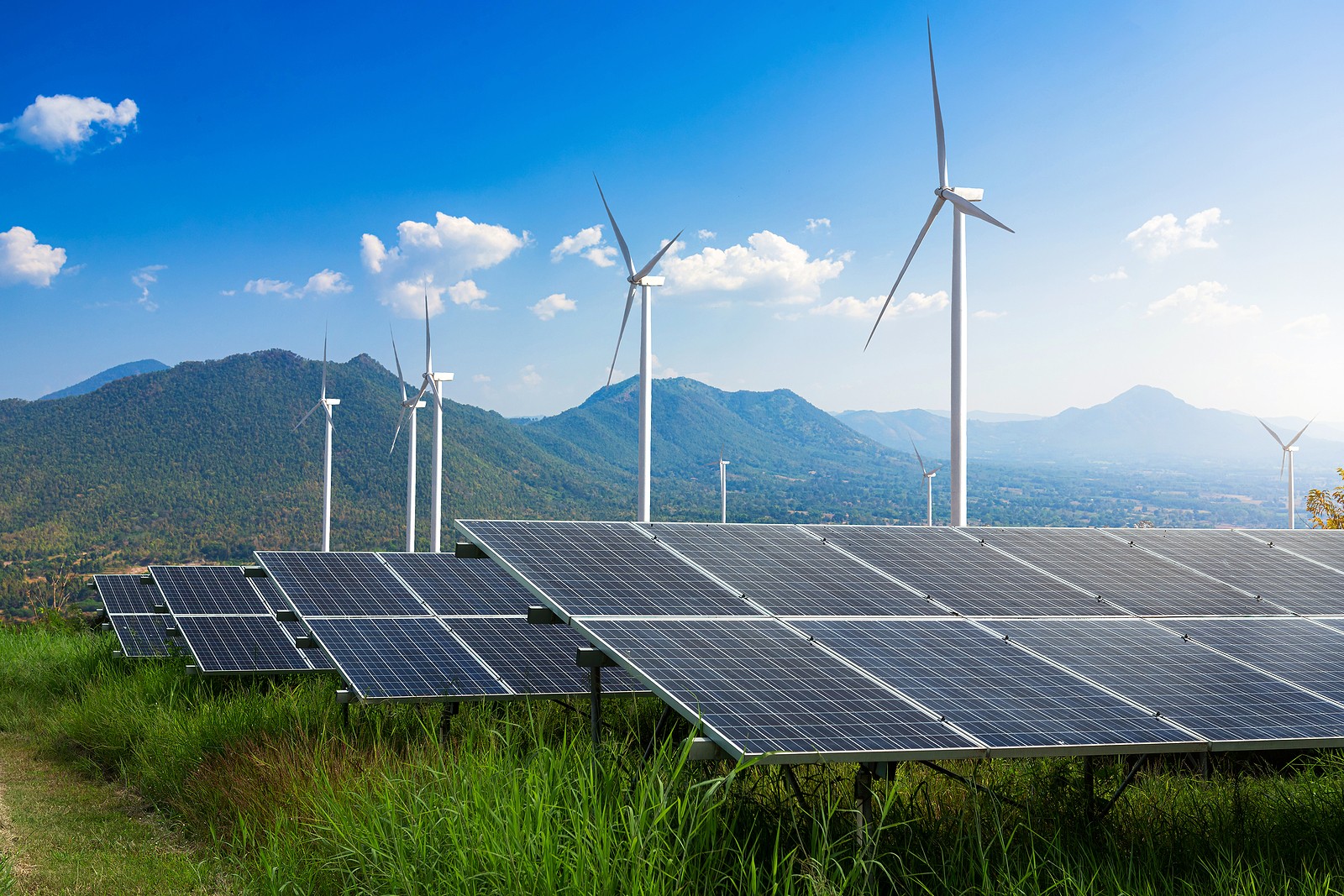South Africa’s state utility Eskom has reported a stable national power supply and improved performance, signaling one of the strongest operational recoveries in recent years. The utility’s latest figures show a month-to-date Energy Availability Factor (EAF) above 70%, a significant improvement from last year’s performance.
Unplanned outages have dropped considerably, and Eskom has recorded its first profit in eight years, buoyed by reduced load-shedding and stronger operational discipline.
Power Supply Back on Track
Eskom’s energy availability, the share of generation capacity actually available to meet national demand, has consistently improved throughout 2025. The utility recorded an EAF of about 70.45%, reflecting more generating units being available and fewer unplanned breakdowns.
Over the same period, unplanned outages averaged around 9,500 MW, down from more than 11,500 MW last year. This marks a substantial recovery across Eskom’s coal fleet, which has historically been plagued by poor maintenance and aging infrastructure.
In addition, load-shedding days dropped from 329 last year to only 13 this year. The improvement has allowed Eskom to stabilize grid operations and restore a measure of public confidence after years of rolling blackouts that crippled industries and households alike.
What Changed Inside Eskom’s Turnaround
Eskom attributes this turnaround to the successful execution of its Generation Recovery Plan—a strategy focused on plant reliability, targeted maintenance, and unit refurbishment.
Under the plan, Eskom prioritized returning key generating units to service, especially at major stations such as Medupi, Kusile, and Koeberg. The company also strengthened its preventive maintenance schedule, reducing emergency breakdowns that often triggered power cuts.
Another critical factor was financial discipline. Eskom slashed its reliance on costly open-cycle gas turbines, optimized its coal supply contracts, and restructured its maintenance spending to focus on long-term reliability rather than short-term fixes.
Together, these operational and financial reforms helped the company deliver consistent generation capacity, a stable grid, and improved cash flow, all essential ingredients for sustained recovery.
Economic and Social Impact
Reliable electricity has a direct impact on South Africa’s economy. Frequent power cuts in past years disrupted manufacturing, logistics, and small businesses, forcing companies to spend millions on backup generators and lost production hours.
The improved performance has already translated into renewed investor confidence and higher productivity across multiple sectors. Businesses can plan operations more effectively, supply chains have become more predictable, and households enjoy uninterrupted power for longer periods.
For Eskom, these improvements also have a fiscal dimension. The utility reported its first annual profit in nearly a decade, easing the pressure on government bailouts and allowing more resources to be directed toward infrastructure modernization.
Remaining Risks and Caveats
Despite the positive trends, Eskom officials and energy analysts warn that the current stability remains fragile. The country’s generation fleet is still old, with several coal plants approaching the end of their operational lives. Deferred maintenance, corruption legacies, and a backlog of spare parts continue to pose systemic risks.
Coal supply logistics, environmental compliance costs, and unpredictable weather patterns affecting hydropower and cooling systems also present challenges. A single large-scale unit failure could still push the system back into deficit.
Therefore, Eskom’s management emphasizes that sustained maintenance, continued investment, and strict execution of the Generation Recovery Plan are essential to maintain and build upon current gains.
What to Watch Next
- Energy Availability Factor (EAF): Maintaining EAF above 70% consistently will confirm that reliability gains are structural, not temporary.
- Unplanned Outages: Keeping unplanned outages below 10,000 MW remains key to avoiding the return of load-shedding.
- Unit Recovery Milestones: Monitoring the progress of repairs and returns to service at Medupi, Kusile, and Koeberg will provide a clear signal of long-term stability.
- Policy and Regulation: Tariff adjustments, independent power producer (IPP) participation, and renewable integration will shape Eskom’s future flexibility.
- Grid Investment: Expansion and modernization of South Africa’s transmission network are vital for integrating new renewable capacity and reducing regional bottlenecks.
From Crisis to Stability
Just a year ago, South Africa faced some of the most severe power shortages in its history. Load-shedding reached unprecedented levels, and Eskom’s deteriorating fleet became a national crisis.
The turnaround now underway represents a rare moment of optimism for both the utility and the country. Government-backed reforms, emergency debt relief measures, and tariff adjustments gave Eskom the breathing space needed to fix its broken infrastructure.
Still, experts caution that true energy security requires diversification, expanding renewable energy, investing in battery storage, and encouraging private-sector participation. Eskom’s current stability is an important milestone, but South Africa’s long-term solution lies in a balanced, mixed-energy future.
Also read: Has South Africa Finally Bid Farewell to Loadshedding?
FAQs
- Has load-shedding been completely eliminated?
Not yet. Eskom has drastically reduced load-shedding incidents, but the risk hasn’t disappeared. Unplanned breakdowns or spikes in demand could still trigger temporary power cuts. - What is the Energy Availability Factor (EAF)?
EAF measures the percentage of a utility’s total generation capacity that is available for use. A higher EAF means more power plants are operating reliably, reducing the chance of shortages. - Why is the 70% EAF benchmark so important?
A 70% EAF indicates that Eskom’s power plants are performing at a level sufficient to meet most national demand without frequent load-shedding. It’s a critical stability threshold. - How did Eskom achieve profitability after so many years of losses?
The profit came from a mix of factors: improved power availability, reduced diesel use, better cost control, and higher electricity tariffs. These combined to produce positive cash flow and lower dependency on government bailouts. - What could derail Eskom’s recovery?
A resurgence of breakdowns, delayed maintenance, or unexpected unit failures could reverse progress. Additionally, any policy uncertainty or funding gaps might hinder investment in critical infrastructure. - What does Eskom’s improvement mean for renewable energy?
A stable grid gives South Africa more room to integrate renewables safely. With fewer emergency outages, grid operators can better manage intermittent sources like wind and solar, supporting the broader energy transition. - How does this affect ordinary South Africans?
Stable electricity improves business operations, protects jobs, and enhances quality of life. It also lowers inflationary pressure, as businesses no longer need to pass on the high cost of backup generation to consumers.















